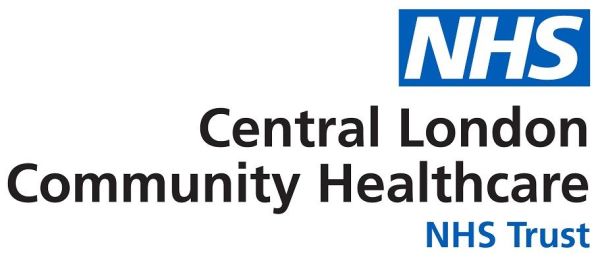Taking action to address ethnic inequalities through digital inclusion
In this blog, Elizabeth Hale, Director of Improvement and Executive Sponsor of our Race Equality Network (REN), outlines what action CLCH is taking to address ethnic inequalities through digital inclusion and access to services.
At the Trust’s last REN conference that we held in person in late 2019, Dr Habib Naqvi was invited as one of our external guest speakers. He is now the Director of the NHS Race and Health Observatory which recently published an important report on ethnic inequalities in healthcare. In his opening remarks in the report, Dr Naqvi points out that there has long been evidence of the stark health inequalities faced by ethnic minorities in Britain, but that this evidence has not led to significant change. The purpose of the report is to draw together the evidence and make clear the overwhelming case for radical action. Or to put it another way – to remove excuses.
The report considers ethnic inequalities in digital inclusion and access to health services. Digital is defined as accessing services by phone as well as virtual consultations. It found:
- There is little documented difference in attitudes towards digital services between ethnic minority and white patients;
- There is some evidence of less satisfaction/use by ethnic minority patients:
- potentially due to mistrust of the intended use of data by government agencies;
- less access to digital devices, and/or lower levels of digital literacy from older ethnic minority people; and
- digital applications not being available in languages other than English
The report recommends:
- more research in this area to better understand ethnic inequalities in access, experience and outcomes;
- evidence should disaggregate experiences of different ethnic groups and be split by age because ethnic minority older people particularly may find digital healthcare inaccessible;
- digital literacy support in various mediums and languages; and
- mandatory equality assessments for any services moving from in person to digital appointments in order to assess the extent to which ethnic minorities are affected.
So what does this mean for CLCH? We should:
- make sure we accurately record the method of contact (e.g. face to face or virtual) so the type is recorded for all contacts;
- keep up our good level of recording of ethnicity on the patient record, and further improve where we can;
- develop and share tools to review data by age, ethnicity and contact type to assess differences in access, experience and outcomes for all services;
- support staff to help them explain the importance of collecting this data to patients including what use is made of the information;
- assess the quality of information relating to translation, interpreting support including access and uptake;
- broaden the support of our digital inclusion work to cover different mediums and languages;
- develop a research programme to evidence the digital inclusion actions of the Trust to determine what does, and does not work;
- undertaken equality impact assessments for services moving to digital appointments; and
- ensure all services offering digital appointments also offer face to face options as well.
Some of this work is already underway. For example, improvement in our ethnicity recording rate for patient contact has been improving and we reached 90% at the December 2021. We have also been analysing our Did Not Attend (DNA) rates by ethnicity and deprivation, and we will be using this data to support services to minimise the inequity in access to healthcare.
You can find out more about the work we are doing to improve access to services in our Promoting Equality and Tackling Inequality Strategy on our website.

